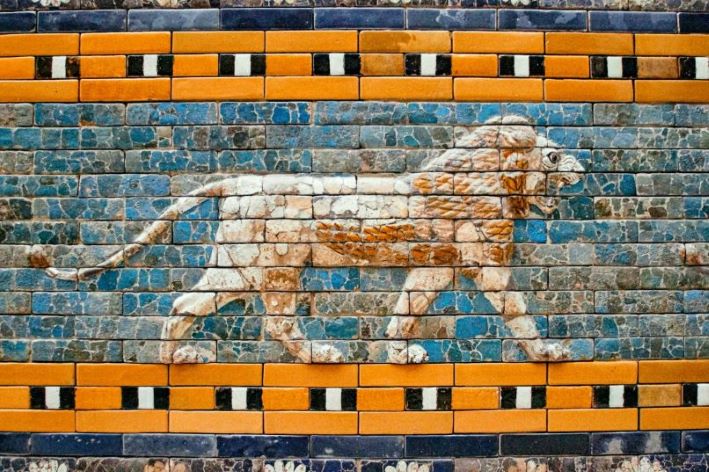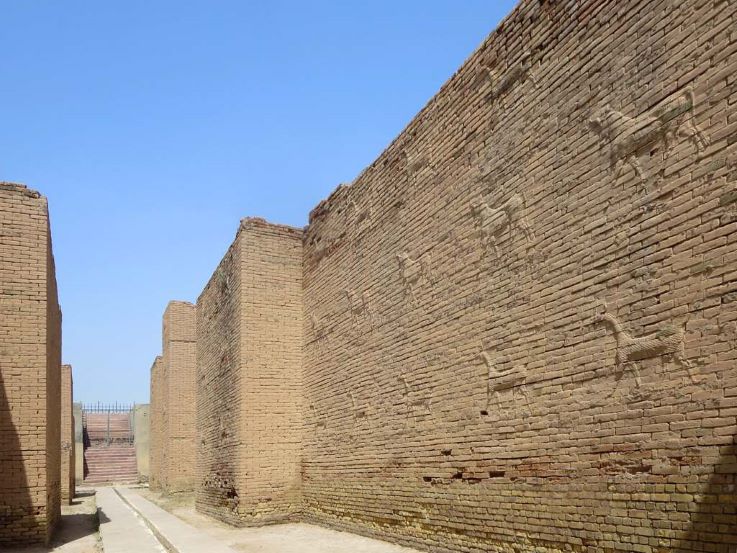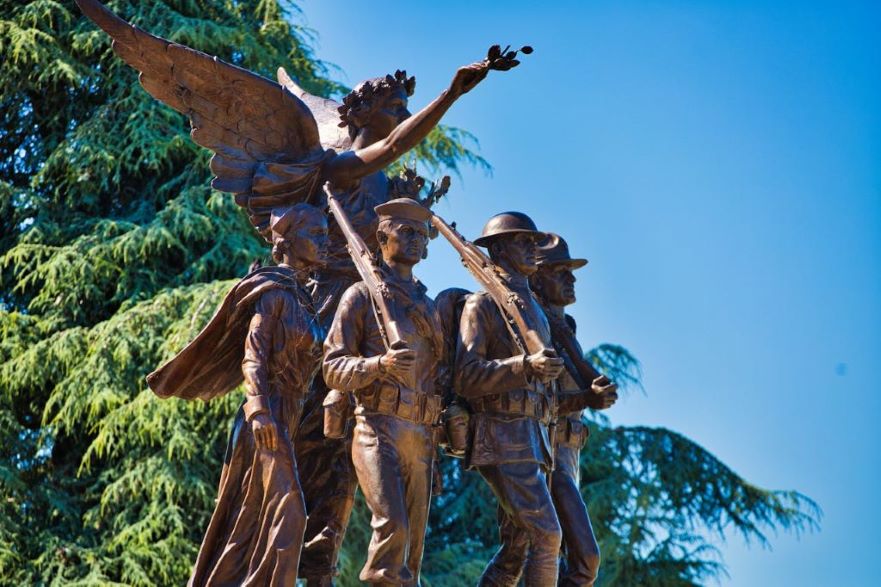TheLitPerspective is your one-stop shop for everything that ignites the spark of curiosity within you.
A City of Great Myths: The Great Bastion of Babylon

Photo by Girl with red hat
A City of Great Myths
Although Babylon is practically no more, with only a few stone walls and broken temples, it still exudes grandeur and mystery. It is a testament to the enduring power of human ingenuity and ambition.
A sight to behold, its majesty is nestled along the Euphrates River in ancient Mesopotamia. From humble beginnings, Babylon rose to become one of the first of the world’s most powerful and influential entities.
A City of Great Myths: The Birth of a Legendary Place
The exact date of Babylon’s founding remains a point of contention among archaeologists and experts. However, archaeological evidence suggests that the city probably emerged as a small settlement around the 23rd century BC. Its strategic location on a fertile plain provided abundant agricultural resources, and its access to the Euphrates for trade and transportation was a key factor contributing to its early growth.
The Amorites, a Semitic people, gained control of the city in the 19th century BC. Under their rule, the city began to flourish. However, it was only during the reign of Hammurabi (1792-1750 BC) that Babylon emerged as a truly dominant force in the region.

Photo by David Stanley
A City of Great Myths: The Rise of the Babylonian Empire
Hammurabi was a skilled military leader and astute administrator who transformed Babylon into a dominant force in the region. His most enduring legacy is the Code of Hammurabi, a comprehensive legal code establishing laws and punishments for various offenses. This code, inscribed on a massive stone stele, provided invaluable insights into Babylonian society and law and set a precedent for future legal systems. Under his rule, the Babylonian Empire expanded significantly, encompassing much of Mesopotamia. The city grew in size and splendor, with new temples, palaces, and public buildings erected. The construction of irrigation systems and canals helped to boost agricultural production, ensuring the empire’s economic prosperity.
A City of Great Myths: The Decline and Fall of Babylon
Following Hammurabi’s death, the Babylonian Empire experienced a period of decline. Successive rulers struggled to control the vast territory, and internal strife weakened the empire.
External threats, such as the Kassites and Hittites, posed serious challenges.
Despite these setbacks, Babylon remained a center of culture and learning. The city continued to produce works of literature, mathematics, and astronomy.

Photo by Hjaltland Collection
The Neo-Babylonian Empire, which flourished from the 7th to the 6th centuries BC, marked a resurgence for Babylon. The city regained its former glory under the leadership of kings like Nebuchadnezzar II, who rebuilt Babylon on a grand scale, adorning it with magnificent palaces, temples, and fortifications.
However, the Neo-Babylonian Empire’s reign was relatively short-lived. In 539 BC, Babylon fell to the Persian King Cyrus the Great, who incorporated it into his vast empire.
While Babylon remained a significant city under Persian rule, it never regained its former political independence.
The Enduring Legacy of Babylon
Although Babylon’s political power waned, its cultural and intellectual legacy endured. Babylon had many achievements in astronomy, mathematics, and law, such as the development of the 60-minute hour and the concept of a circle’s circumference being three times its diameter. These influenced later civilizations, including the Greeks and Romans.
The city’s rich history and mythology also captured the imagination of generations of writers, artists, and scholars. This enduring influence is a testament to the city’s lasting impact on human history and the development of human knowledge and culture.
Today, the ruins of Babylon stand as a poignant reminder of a once-mighty empire. While much of the city has been lost to time and development, archaeological excavations uncover new treasures, shedding light on the lives and accomplishments of the people who called Babylon home.
Babylon’s story is one of rise, fall, and enduring influence. From its humble origins as a small settlement to its status as a world-renowned metropolis, the city played a pivotal role in shaping human history.
While the physical remains of Babylon may be in ruins, its spirit lives on in the countless ways its legacy has shaped our world, a testament to its enduring influence that continues to inspire generations.
Wilma Forester is a scholar of Babylon, and with her knowledge, she wrote The Adventures of Nagel of Ancient Babylonia: her attempt at setting to paper how the triumph of the human spirit is ageless.
TAKE A BETTER LOOK AT THIS STORY THROUGH THIS LINK.

Alex is a writer with two modes: simple and wild. He’s equally at home going either way. He always has something to say and something to offer, even if it’s only after a few minutes of furious googling. He loves reading and writing random stuff in his spare time.







